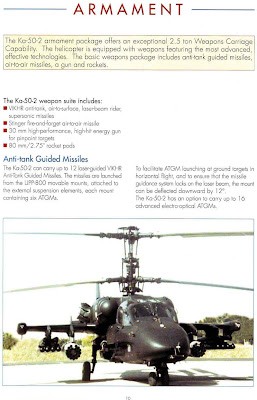Alcohol abuse weighs on Army
The Army needs to double its staff of substance-abuse counselors to handle the soaring numbers of soldiers seeking alcohol treatment, said Gen. Peter Chiarelli, the Army’s No. 2 officer.About 300 more counselors are needed to meet the demand, cut wait times and offer evening and weekend services, Chiarelli, the Army vice chief of staff, said in an interview with USA TODAY.Last year, 9,199 soldiers enrolled in treatment after being diagnosed with alcohol problems, a 56 percent increase over 2003, when the Iraq war started, according to Army records released Monday. Overall, 16,388 sought some type of counseling, data show.In 2003, 5,873 enrolled in treatment from the 11,309 soldiers who sought counseling.“There’s no doubt in my mind that since 2001 and being involved in two wars ... that we probably have a higher incidence of alcohol abuse,” Chiarelli said.Brig. Gen. Jeffrey Horne, chief of Army human resources and policy, said “we need the nation’s help” in finding more counselors. The service is currently down 20 percent from its authorized staffing level of 290, said Les McFarling, director of the Army Substance Abuse Program.Last year, then-Army secretary Pete Geren asked Chiarelli to work to reduce the Army’s record rate of suicide. Chiarelli said substance abuse has been identified as an issue in many of the deaths, which reached 160 confirmed and suspected cases in 2009.McFarling said many soldiers are referred for substance-abuse counseling after an incident such as being cited by police for drunken driving. If counselors determine they do not have an alcohol-abuse problem, the soldiers are required to go through a two-day educational course instead of a formal treatment program.Alcohol remains a much larger problem than drug abuse, making up 85 percent of the Army substance-abuse treatment caseload, McFarling said.Last year, the Army started a program aimed at reducing the stigma associated with seeking help for alcohol problems. At three Army installations, soldiers can seek alcohol-abuse counseling without their commanders being notified. The program allows soldiers to receive counseling off the post and during nights and weekends.The Army would require more counselors to expand the program throughout the service, Horne said. The Army wants to have one counselor for every 1,600 soldiers instead of the current target of one for every 2,000, he said. The officials did not give a cost estimate for the additional counselors.“We’ll have more counselors on the scene that can see more people quickly,” Horne said.
Source:
Army Times








































